soils and fertz test 3
1/103
There's no tags or description
Looks like no tags are added yet.
Name | Mastery | Learn | Test | Matching | Spaced |
|---|
No study sessions yet.
104 Terms
soil fertility
ability of a soil to supply nutrients for plant growth
soil fertility is not just based on
the quantity of nutrients
essential element
a chemical element needed by plants to complete its normal life cycle including growth and reproduction
how many criteria are required for an element to be considered essential
3
the first criteria of an essential element states
a lack of the element would stop a plant from completing growth and reproduction
the second criteria of an essential element states
the element is directly involved in plant nutrition
the third criteria of an essential element states
a shortage of the element can only be corrected by supplying that particular element
how many elements are essential
17
mineral elements come from
the soil
non-mineral elements come from
carbon dioxide or water
how many mineral elements are there
14
mineral elements can be broken into what 2 categories
macronutrients and micronutrients
macronutrients are measured in
percent DM
macronutrients can be broken into what two categories
primary and secondary
_______ AKA fertilizer elements
Primary
primary macronutrients include
nitrogen, phosphorous, potassium
macronutrients are present
in large quantities
secondary macronutrients include
calcium, magnesium, sulfur
micronutrients are measured in
parts per million (ppm)
primary elements are NOT
more important than secondary
secondary macronutrients are less likely to
be deficient in soil compared to primary
micronutrients are present in
small quantities
micronutrients include
boron, nickel, copper, chlorine, iron, manganese, zinc
elements categorized as micronutrients are
just as important for plant growth
for an element to be essential, it must be
essential in ALL plants, not just a select few
beneficial elements
chemical elements that may play a beneficial role in development of plants
beneficial elements do NOT
meet the criteria of being essential
beneficial elements include
aluminum, cobalt, selenium, silicon, sodium, vanadium
how do nutrients move
mobility
mobility
how easily a nutrient is redistributed from one location to another if it is needed
movement can be in
the plant or in the soil
mobile =
easily translocated
non-mobile =
not easily translocated
mobile nutrient deficiency appears in
older leaves first
non-mobile nutrient deficiency appears in
younger leaves first
mobile nutrients include
nitrogen, potassium, magnesium, phosphorous
non-mobile nutrients include
calcium, sulfur, iron, boron
justus von Liebig is the father of
fertilizer
Liebig used his knowledge of organic chemistry in
agronomy
what were Liebig’s contributions
law of minimum; nutrient quantities can be determined by analyzing nutrients quantities of plant tissue
what is another name for the law of minimum
Liebig’s law
how many concepts make up the law of minimum
4
what is the first concept of the law of minimum
growth is determined by the nutrient that is most lacking
what is the second concept of the law of minimum
ANY deficiency will hold back growth; does not matter if it micro or macro nutrient
what is the third concept of the law of minimum
if the deficiency is corrected, growth will increase until it is no longer the limiting factor
what is the fourth concept of the law of minimum
increasing the supply beyond this point is not helpful as something else becomes limiting
deficiency zone
plants aren’t able to take up adequate nutrients; any addition of the deficient nutrient increases yield
toxic zone
too much of a nutrient negatively impacts growth
adequate zone
plants are able to take up and store nutrients in necessary quantities
critical concentration
the point where deficiency ends and adequacy begins
what is the function of nitrogen
amino acids, proteins, chlorophyll, increased growth
what is the function of phosphorous
ATP, cell membranes, nucleic acids
what is the function of potassium
rough resistance, stomates opening/closing, turgor pressure
what is the function of calcium
cell wall structure, rigidity, metabolic regulation
what is the function of sulfur
constituent of amino acids, used in DNA
micronutrients are primarily used as
enzymes
nutrient deficiency symptoms can be observed in
length/quality of roots, number and quality of leaves, height, plant tissue analysis
chlorosis
yellowing of the leaf
chlorosis can be
general, interveinal, marginal
general chlorosis
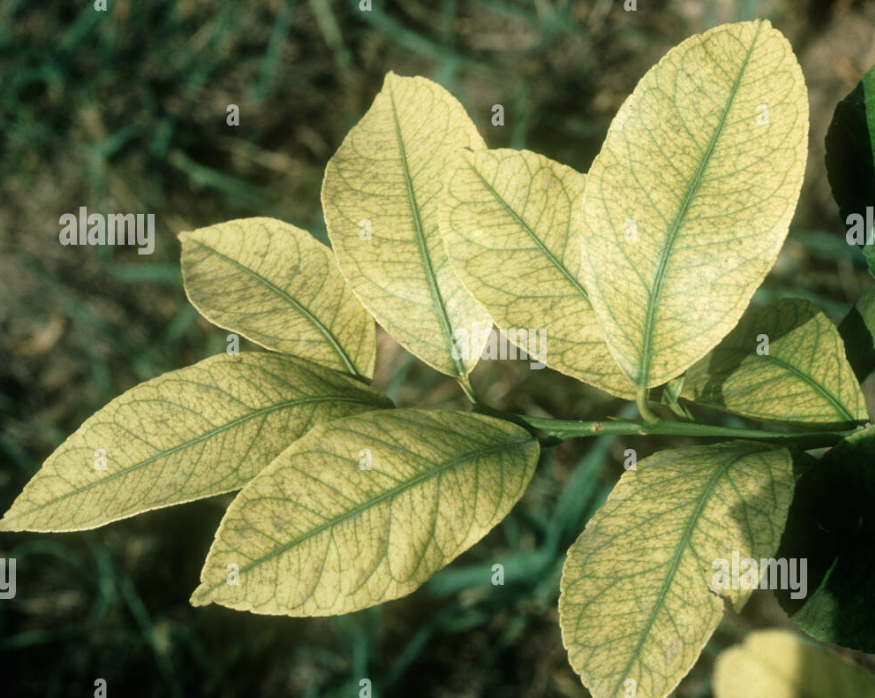
interveinal chlorosis
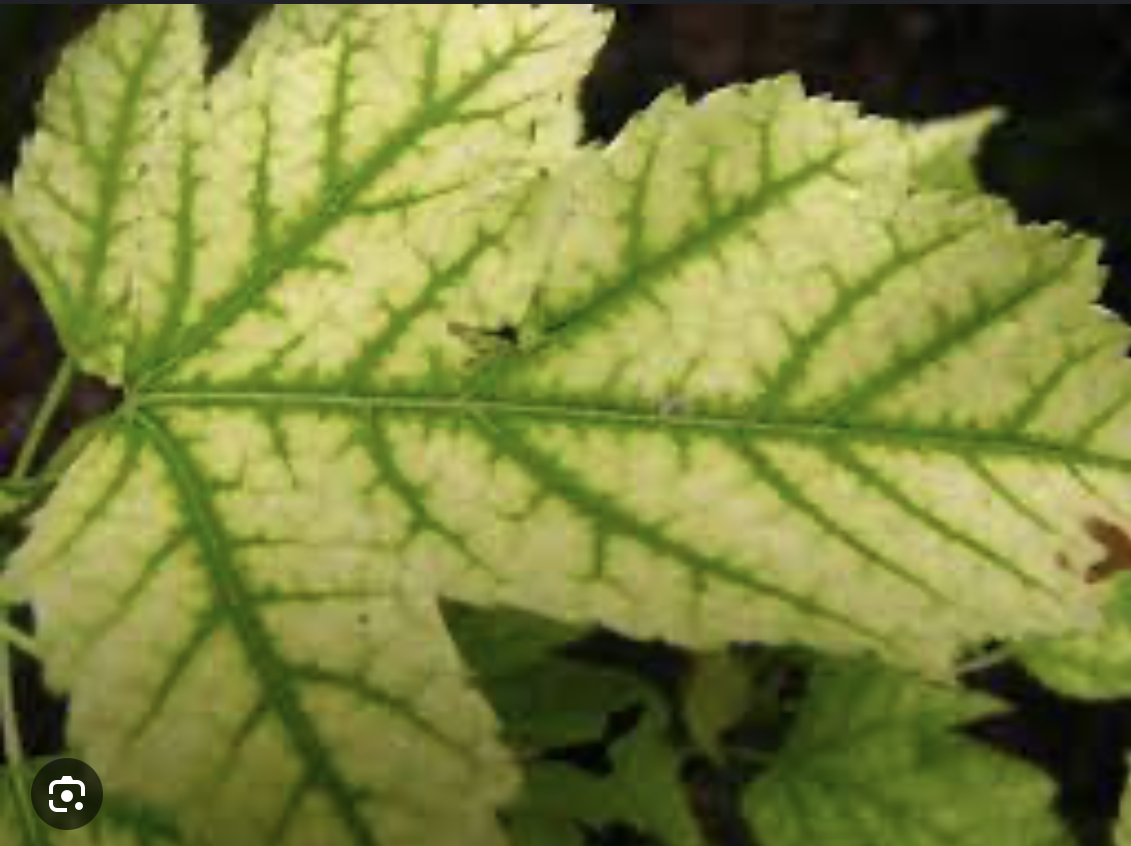
marginal chlorosis
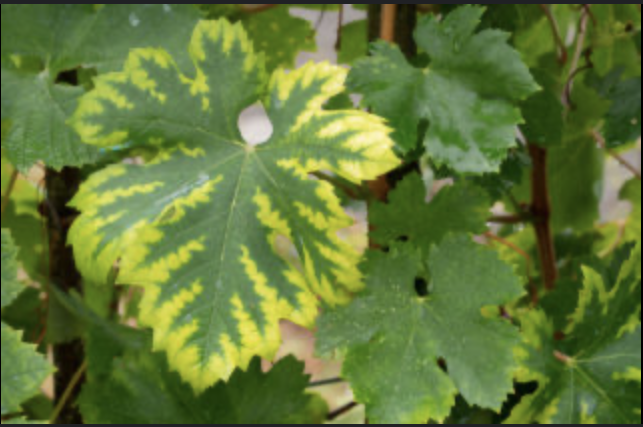
fertilizer
a material applied to soil or plants to supply essential elements
you must apply fertilizer according to the
4 R’s
What are the 4 R’s
right form, time, place, rate
how many categories of fertilizer are there
4
mineral fertilizer
ground rocks containing nutrients
organic fertilizer
organic material that contains nutrients that are bound to carbon
organic fertilizers are considered
slow release because they must be broken down before they become available
synthetic fertilizers
chemically organic but industrially manufactured
synthetic fertilizers contain
carbon and oxygen
synthetic fertilizers have a
higher nutrient content
inorganic fertilizers
chemically organic; can be mined or manufactured and processed
inorganic fertilizers are readily
plant available
what two fertilizers are allowed in certified organics
mineral and organic
what two fertilizers are not allowed in certified organics
synthetic and inorganic
Right form
refers to how fertilizers are applied
what are the four categories of form
pressurized liquids, fluids, dry fertilizers, slow-release
pressurized liquids are
injected into the soil to avoid losses
how do you apply pressurized liquid fertilizer
the pressure in tanks forces liquid through tubes that go to underground chisels/knives that allow the fertilizer to enter the soil
what is the primary fertilizer used in pressurized liquids
anhydrous ammonia
why do you have to seal the soil when using pressurized liquids
to ensure none of the vaporized fertilizer escapes the soil
fluid fertilizers are
most commonly a solution of water and a water soluble fertilizer
why is it useless to use pressurized liquids in the SE
because the soils are too sandy which allows for the gas to escape
why are fluid fertilizers so popular
they are easy to work with and can be mixed with lime or pesticides
fluid fertilizers allow for
more rapid plant uptake because it is already in an available form
dry fertilizers are
applied to soil where they dissolve into a solution
what are the types of dry fertilizers
pulverized, granules, prills
pulverized fertilizer form
crushed fertilizer material into a powder
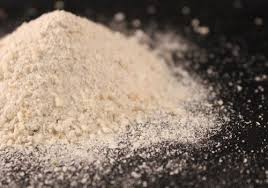
granules
material is treated to have large grains and less dust

prills
smooth, round, uniform, dust free
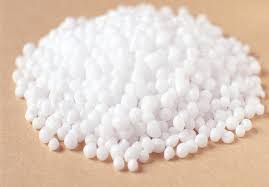
slow release fertilizer
is a dry product
how does slow release work
large molecules slowly break down, the plastic or sulfur coating slowly releases nutrients as it breaks down
slow release is common in
horticulture and turf
complete fertilizer
contains all primary macronutrients
homogenized fertilizer AKA
granulated or ammoniated
homogenized fertilizer is produced from
raw materials so that each granule has the same amount of N,P2O5, and K2O
bulk fertilizer
commercial fertilizer distributed in non-packaged form and can be solid or liquid
blended fertilizer
a physical combination of single fertilizers to produce a mixture that meets multiple nutrient needs
what is an issue that happens with blended fertilizers
the blend can have different densities so it must be constantly agitated so that distribution is even